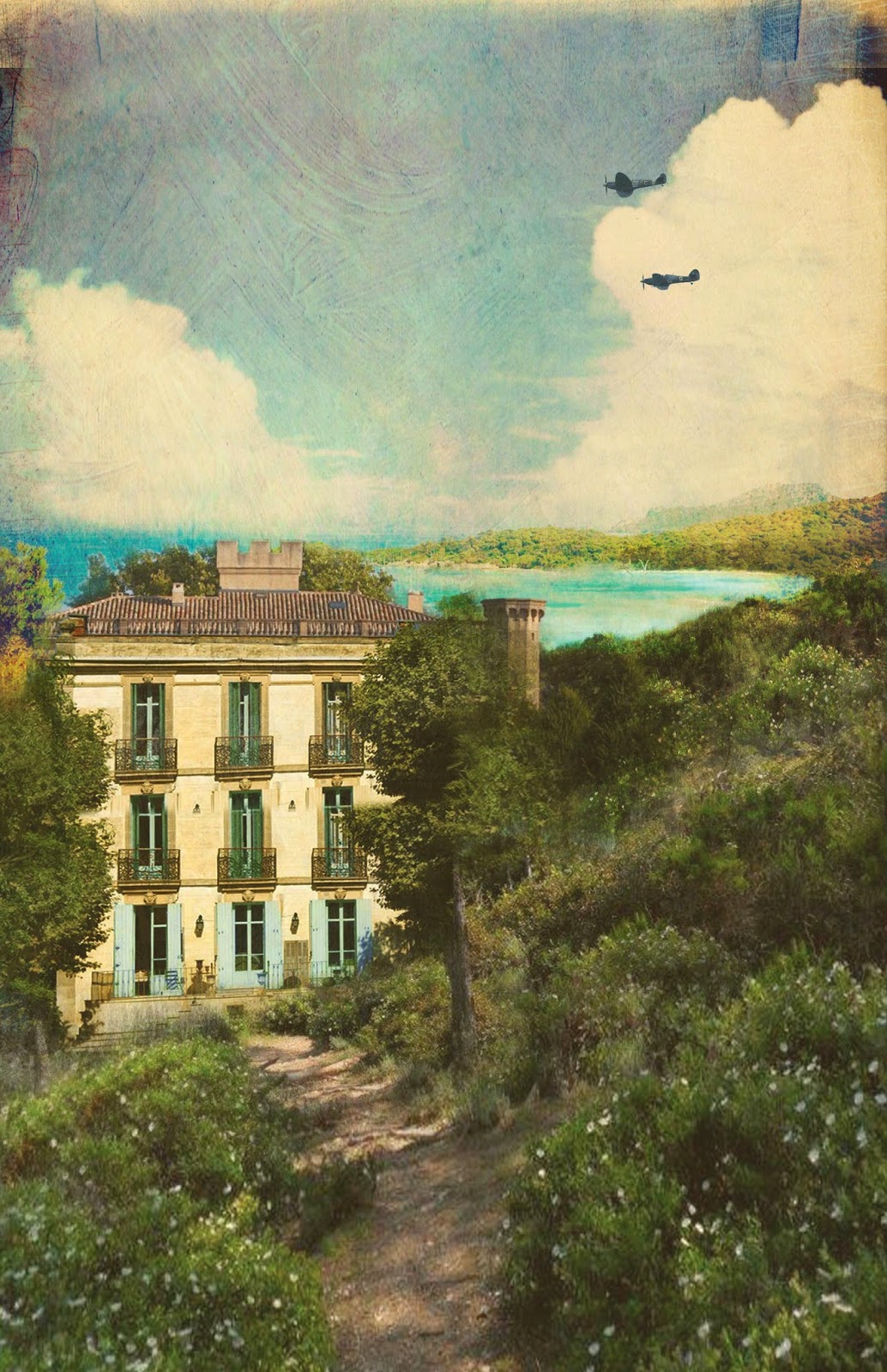Truth to tell, I've found it hard to get back to the work in progress since my work frenzy before the Easter break. I've opened up the files, tinkered around a bit, and then closed them up again. Sometimes that's the way it goes, and I try to see the positive in that, because what happens is that it gets handed over to the sub-conscious, or the creative part of the mind, or whatever you want to call the magic of writing. For the past week I haven't been able to write much, not even a blog post, but I have had two important ideas for the next novel that have made me reassess what I have done so far and will improve it immeasurably.
For me, the way this re-firing works is that I give myself time to wander around, observing what's all around and making connections. I take my camera everywhere. I frame shots and then reframe by enlarging and cropping the images. All the while I'm looking and thinking. These irises at the northern edge of our garden, for example. You can't be in the South of France and not connect them to Van Gogh's irises. If you look very closely, especially in the centre-right part of my photo, you can even see the same speckle of yellow weed in the field behind as in his painting.

This looking for detail is what Eve did, in The Lantern, and it's a way of digging in deeper, becoming aware of the interlocking of times past and the present. It's also about experience, description and interpretation, and all the points between that artists and writers have in common. And then there's reading. I read a great deal anyway, but even more when I'm not working. You simply can't be a writer if you're not a reader in the first place.
Jeanette Winterson is a brave and brilliant writer who looks deep and makes every word count, and at the end of her novel
Lighthousekeeping I found an interview with her in which she perfectly expresses how I feel about the way novels can explore the wild uproar of life while offering the security and order to be found in connections and patterns.
"Storytelling is a way of establishing connections, imaginative connections for ourselves, a way of joining up disparate material and making sense of the world. (...) I think that art is one way of discovering a genuine and unforced pattern in our lives and in the world around us and that's why writing can never be formulaic: it can never be done according to plan because it arises from a deeper part of the self which I think is less neurotic than the conscious mind and less afraid of not immediately having a shape to put on every new situation. (...) Nothing in the story ever quite works out in the way you imagine it will: there are always surprises, there are always twists and turns."
"...doing things slowly and doing things well - finding time for your friends, cooking properly, reading, going for walks, playing - all of the things which apparently yield no results. You don't make money that way and you don't get on in life that way, but what you get is something much more important. You get space for your mind. We don't have a lot of that and, of course, you can't believe in art in the way that I do and not believe that people need space for the mind, to slow down and to find time."
And as a final illustration of the point, here are the same irises, photographed from a different angle, with the setting sun in the west. A completely different set of plants, you might think, but no. Just the way the light has struck them.

















